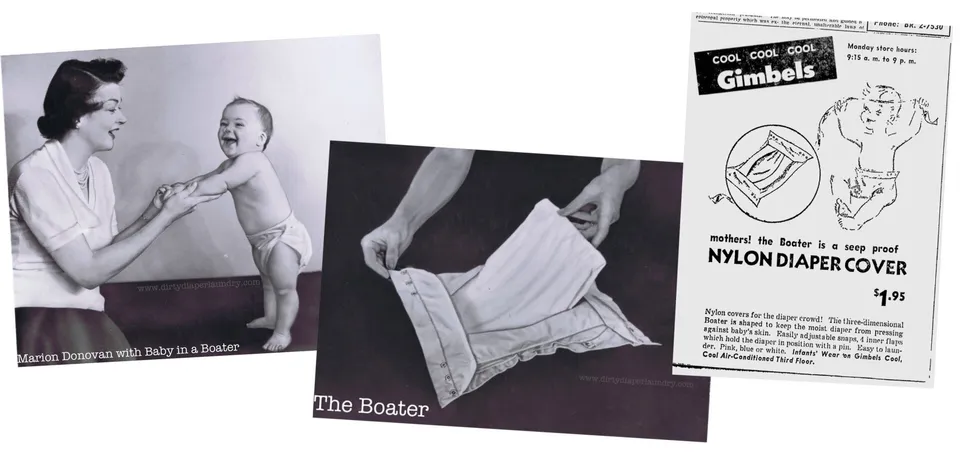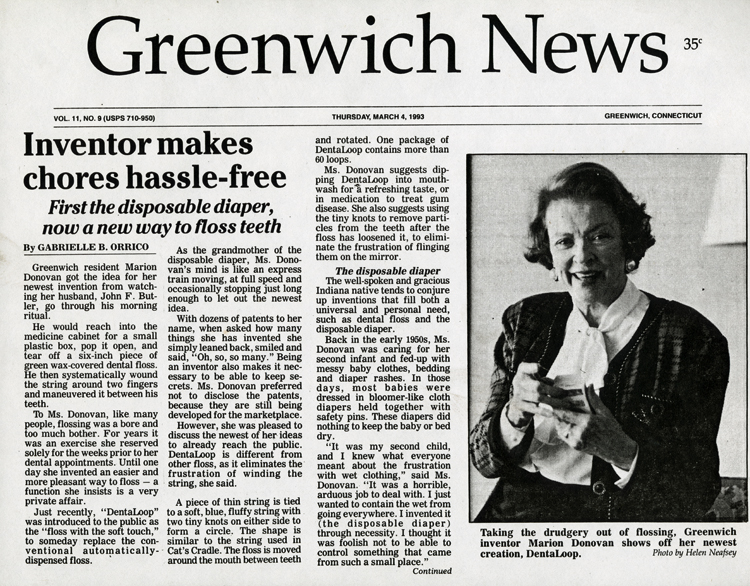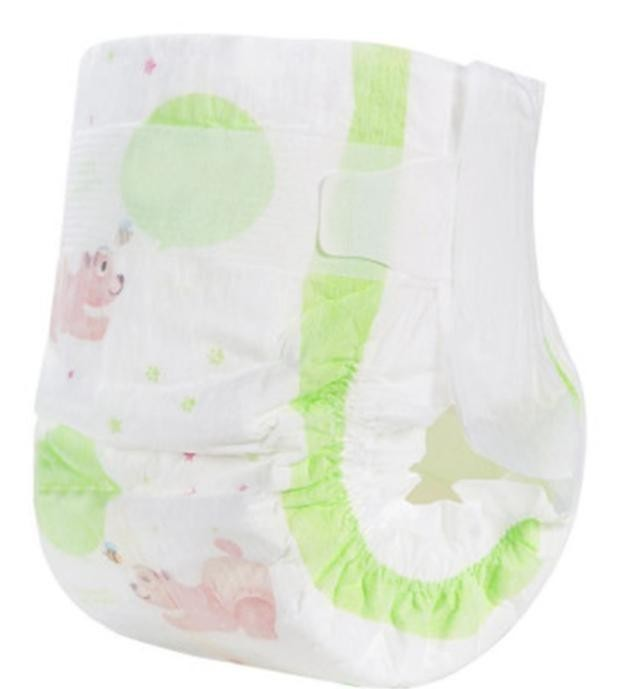
The History of Disposable Baby Diapers
2022-10-21 09:46
The History of Disposable Baby Diapers
We're going to take you back to school and revisit the past. We take pride in the quality of our diapers, but there was a time when babies didn't have it as good as they have it now. Believe us, they've got it real good.

To recognize how far baby diapers have come, we have to start from the very beginning! Diaper development has, well, developed–and it has developed in an interesting way. Diapers were first used centuries ago, so we've decided to break down their history on a chronological timeline, discuss when were diapers invented, who invented diapers, and cover all the interesting events that led to its big, bright future.
The History of Diapers: Pre-diaper era
Ancient Times: Yes, you read the header correctly. Sounds scary, right? But, in ancient times, people actually used grass, moss, and other natural or raw materials to diaper their littles. Others actually didn't use diapers at all… yeah, we're gonna take a hard pass on that!
Medieval Times (up until the 15th Century): Parents of the Medieval period wrapped swaddling cloths around the limbs and body, leaving an opening at the bottom for easy changing.
18th Century: Safety pins made an entrance in the mid-1800s, and they were used to secure fabric in place. Everything worked out with the reusable cloth nappies–for a while. There was a big red flag, though; up until this point, diaper changes only occurred every few days. Now that's a recipe for disaster. Disease and sickness could've easily been prevented… if only they had a disposable option instead of their reusable nappies.
Before the 1900's, some parents didn't want to fuss with diapers, and they held their children over a toilet whenever they had to use the bathroom. A little crazy, right? Mom or Dad needed to anticipate when to head for the bathroom. There was a need for a better solution, something that would be so much simpler for everybody involved. This turning point is what led to the invention of disposable baby diapers.
The disposable diaper's beginning
During the early 1900s, parents used numerous diaper methods. From rubber baby pants to flour sacks, developments continued during this time because there was a need for it. To add on to it all, there were also diaper services, which would pick up dirty diapers and supply clean ones. Mamas needed their diapers, and they needed them ASAP.
Many of the available options irritated baby bums, leaving behind terrible rashes. Plus, during the early decades of the century, parents needed to get rid of bacteria on their cloth diapers. There had to be a way to prevent skin diseases besides boiling diapers, which took so much time—and fussing around with pins and buckles had to be pretty annoying. So, you're probably asking, “When were disposable diapers invented?”

The rise of disposable diapers
Seriously, it was a long time coming, but the disposable diaper finally made its first appearance in the early to mid-1900s. Wondering who invented disposable diapers? Finally in 1946, a woman by the name of Marion Donovan finally solved the diaper dilemma. During the heat of the Baby Boom, Marion Donovan crafted a waterproof covering for cloth diapers. She used plastic from a shower curtain to create a model similar to a disposable diaper. Plus, she knew that if she could add a paper liner to the model, it would become disposable and absorbent. Although imaginative, Donovan's plastic diapers were super uncommon at the time, so at first, stores didn't invest in her product. Plus, diapers were a luxury that only the rich could afford, which is pretty wild considering how accessible they are now!
It wasn't until almost ten years later that companies decided to make their, piggybacking off of Donovan's idea. "The Boater" truly became a modern inventio.
The early disposable diapers were very problematic, though. They held little moisture, and they weren't very secure–but parents loved them! Through the sixties, disposable diapers were very popular. At this time, the industry finally knew what mothers were looking for. About time, right?
Refining disposable diapers
The '70s, '80s, and '90s saw major improvements. The entire globe demanded diapers, so change needed to happen quickly! With elastic waistbands, fastening tapes, more sizes, super absorbent polymers (SAP), and a thinner, layered construction, diapers began to fit babies better than ever before. Yep, no more safety pins, rough materials, or bulky shapes. Plus, companies began including bold designs, which pleasantly surprised both littles and their parents. Some manufacturers even created cloth diapers and wetness indicators, making everybody's lives much easier!

Diapers today and beyond
After entering the new millennium, diapers became a total gamechanger. Really, now is the best time to get diapers; there are so many different diaper brands to choose from, and there are so many different types of products as well—including diapers for sensitive skin. Having a choice is huge, considering several decades ago, parents had limited options. You can find more than just the big names; in fact, small companies and entrepreneurs are making huge strides, whether they offer cloth or disposable options!
Even though diapers have come a long way since their initial inception, it's common knowledge that most modern designs feature chemicals and fragrances that little ones definitely shouldn't be exposed to. Today, companies (including Xili Hyginen!) have made the switch to sustainable modern diapers, which is a huge achievement.
 We hope you've enjoyed learning about the history of diapers–we know we were very intrigued while doing our research! Your first "homework assignment" is to find the right diapers for your little (hint: they're Homebaby Diapers).
We hope you've enjoyed learning about the history of diapers–we know we were very intrigued while doing our research! Your first "homework assignment" is to find the right diapers for your little (hint: they're Homebaby Diapers).
We knows you love your baby. Your little deserves the softest, most absorbent diapers out there, and we’re the future. Our products make a difference. We don't let a single harmful ingredient go into our diapers or wipes–ever. We only use what's gonna be good for your little and the planet!
Get the latest price? We'll respond as soon as possible(within 12 hours)















